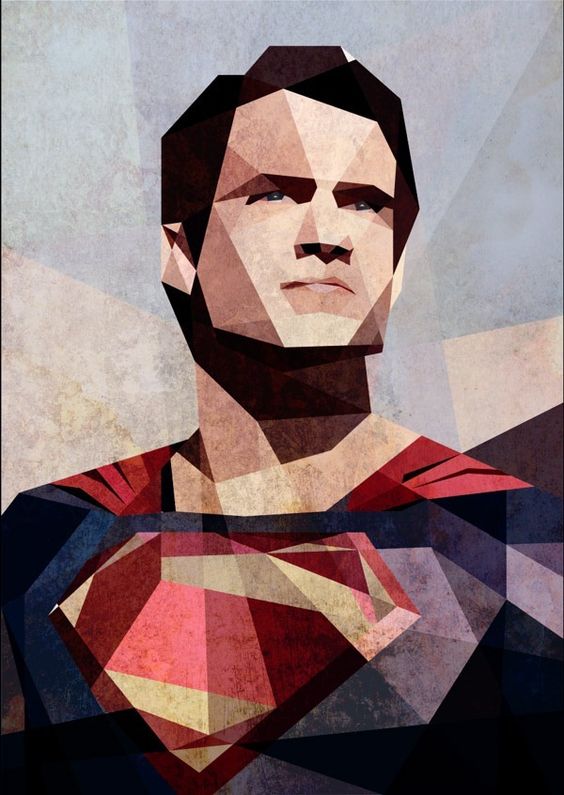

Research Centers: Leonard A.Few artists can boast of having changed the course of art history in the way that Marcel Duchamp did.MetCollects: “ Still Life with Checked Tablecloth by Juan Gris”.Connections: “Unstrung” by Mark Polizzotti.The Artist Project: “Jacques Villeglé on Georges Braque and Pablo Picasso”.The Salon and the Royal Academy in the Nineteenth Century.Modern Art in West Asia: Colonial to Post-colonial.Art and Nationalism in Twentieth-Century Turkey.Alfred Stieglitz (1864–1946) and His Circle.The Essential Cubism, 1907–1920: Braque, Picasso & Their Friends. (October 2004) Further ReadingĬooper, Douglas, and Gary Tinterow. New York: The Metropolitan Museum of Art, 2000–. “Cubism.” In Heilbrunn Timeline of Art History. The liberating formal concepts initiated by Cubism also had far-reaching consequences for Dada and Surrealism, as well as for all artists pursuing abstraction in Germany, Holland, Italy, England, America, and Russia. The major Cubist sculptors were Alexander Archipenko, Raymond Duchamp-Villon, and Jacques Lipchitz. Though primarily associated with painting, Cubism also exerted a profound influence on twentieth-century sculpture and architecture. While Picasso and Braque are credited with creating this new visual language, it was adopted and further developed by many painters, including Fernand Léger ( 1999.363.36), Robert and Sonia Delaunay, Juan Gris ( 1996.403.14), Roger de la Fresnaye ( 1991.397), Marcel Duchamp, Albert Gleizes, Jean Metzinger ( 59.86), and even Diego Rivera ( 49.70.51). Whereas, in Analytic Cubism, the small facets of a dissected or “analyzed” object are reassembled to evoke that same object, in the shallow space of Synthetic Cubism-initiated by the papiers collés–large pieces of neutral or colored paper themselves allude to a particular object, either because they are often cut out in the desired shape or else sometimes bear a graphic element that clarifies the association. With this new technique of pasting colored or printed pieces of paper in their compositions, Picasso and Braque swept away the last vestiges of three-dimensional space (illusionism) that still remained in their “high” Analytic work. Landscapes were rare.ĭuring the winter of 1912–13, Picasso executed a great number of papiers collés ( 1999.363.64). Their favorite motifs were still lifes with musical instruments, bottles, pitchers, glasses, newspapers, playing cards ( 1997.149.12), and the human face and figure. In their work from this period, Picasso and Braque frequently combined representational motifs with letters ( 1999.363.63 1999.363.11).
#Cubism artworks series#
During Analytic Cubism (1910–12), also called “hermetic,” Picasso and Braque so abstracted their works that they were reduced to just a series of overlapping planes and facets mostly in near-monochromatic browns, grays, or blacks. Although figures and objects were dissected or “analyzed” into a multitude of small facets, these were then reassembled, after a fashion, to evoke those same figures or objects.

In Cubist work up to 1910, the subject of a picture was usually discernible. They also used multiple or contrasting vantage points. So they reduced and fractured objects into geometric forms, and then realigned these within a shallow, relieflike space. They wanted instead to emphasize the two-dimensionality of the canvas. The Cubist painters rejected the inherited concept that art should copy nature, or that artists should adopt the traditional techniques of perspective, modeling, and foreshortening. Picasso had first seen African art when, in May or June 1907, he visited the ethnographic museum in the Palais du Trocadéro in Paris.

The stylization and distortion of Picasso’s groundbreaking Les Demoiselles d’Avignon ( Museum of Modern Art, New York), painted in 1907, came from African art. Vauxcelles called the geometric forms in the highly abstracted works “cubes.” Other influences on early Cubism have been linked to Primitivism and non-Western sources. The French art critic Louis Vauxcelles coined the term Cubism after seeing the landscapes Braque had painted in 1908 at L’Estaque in emulation of Cézanne. It was created by Pablo Picasso (Spanish, 1881–1973) and Georges Braque (French, 1882–1963) in Paris between 19. Cubism was one of the most influential visual art styles of the early twentieth century.


 0 kommentar(er)
0 kommentar(er)
